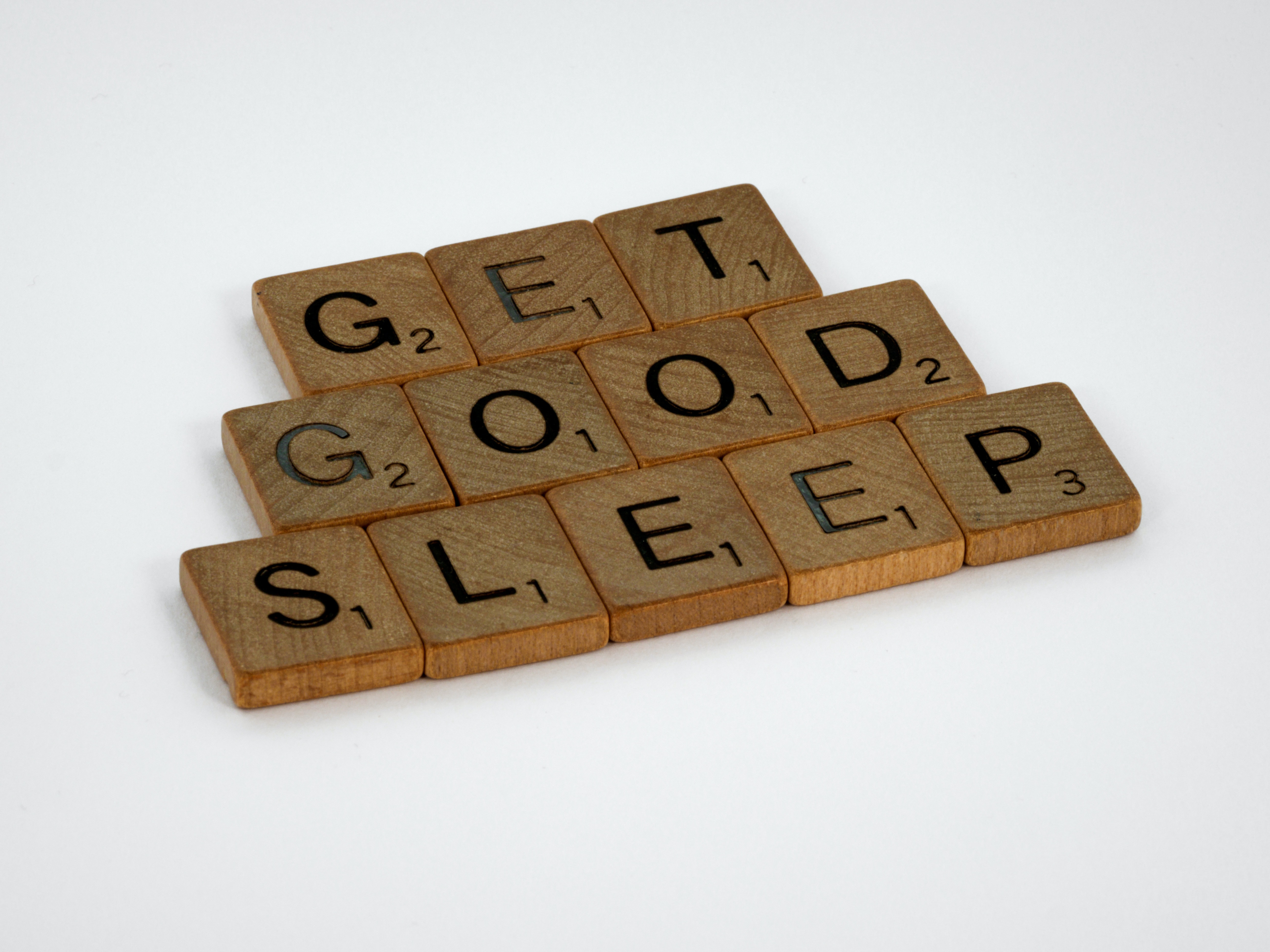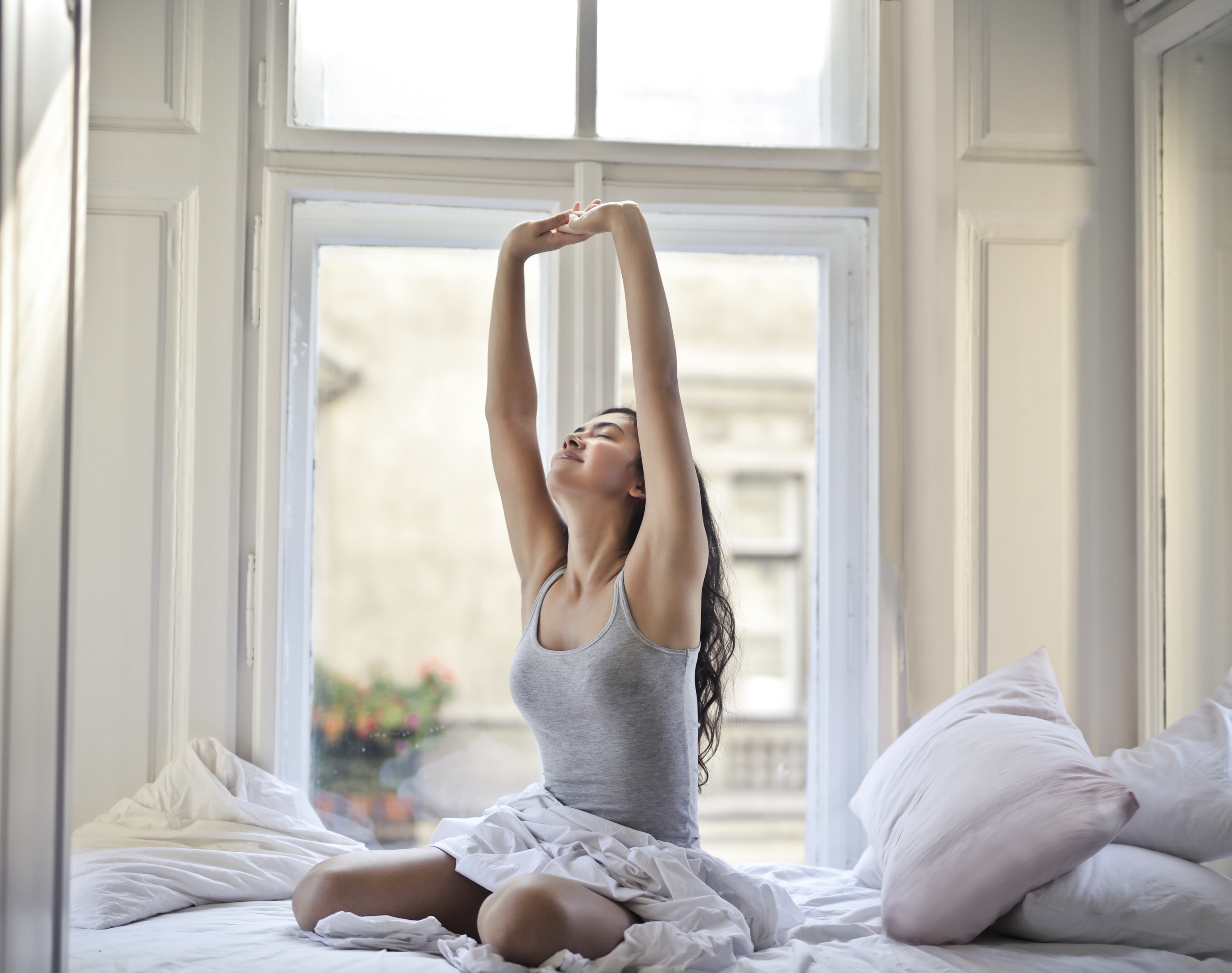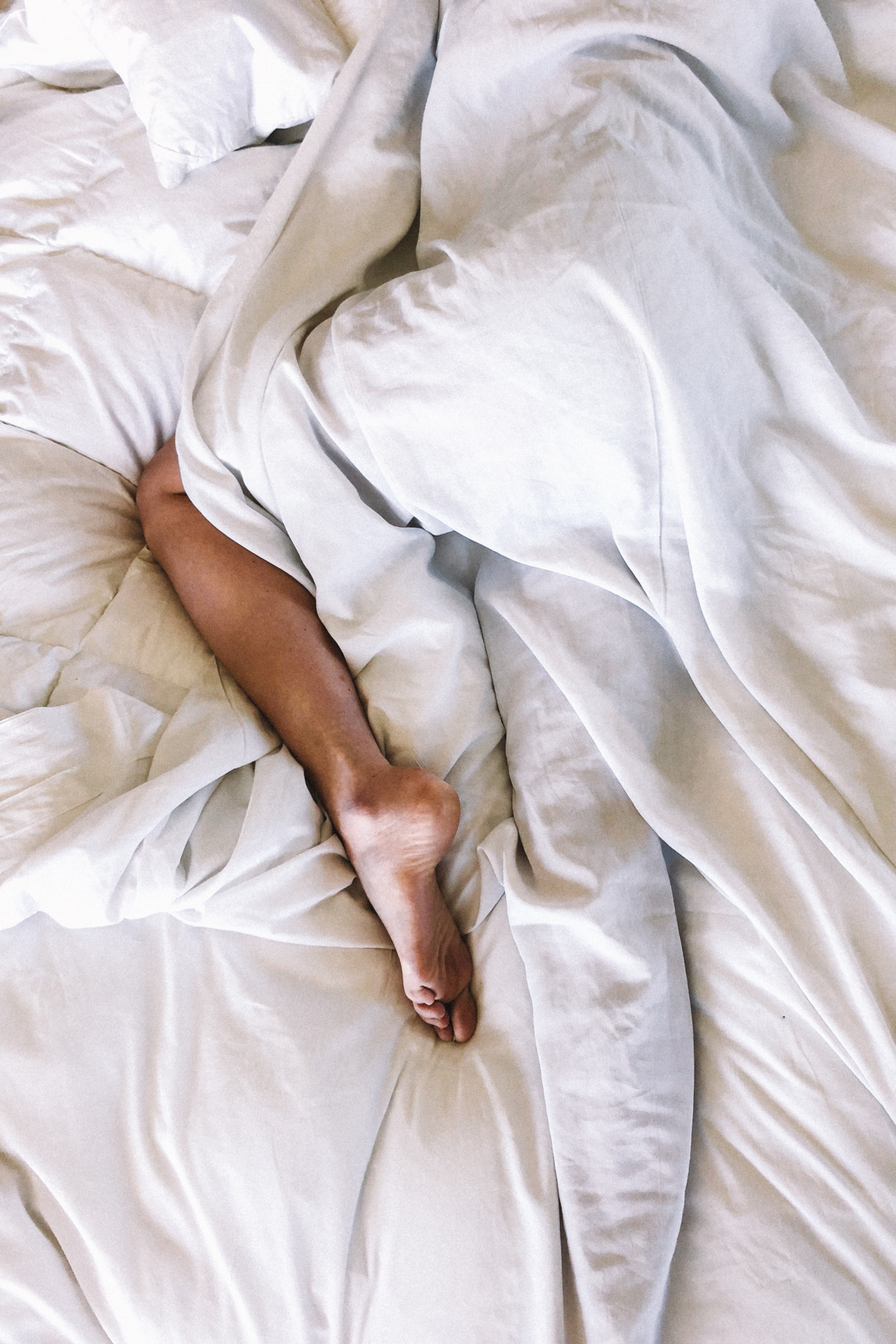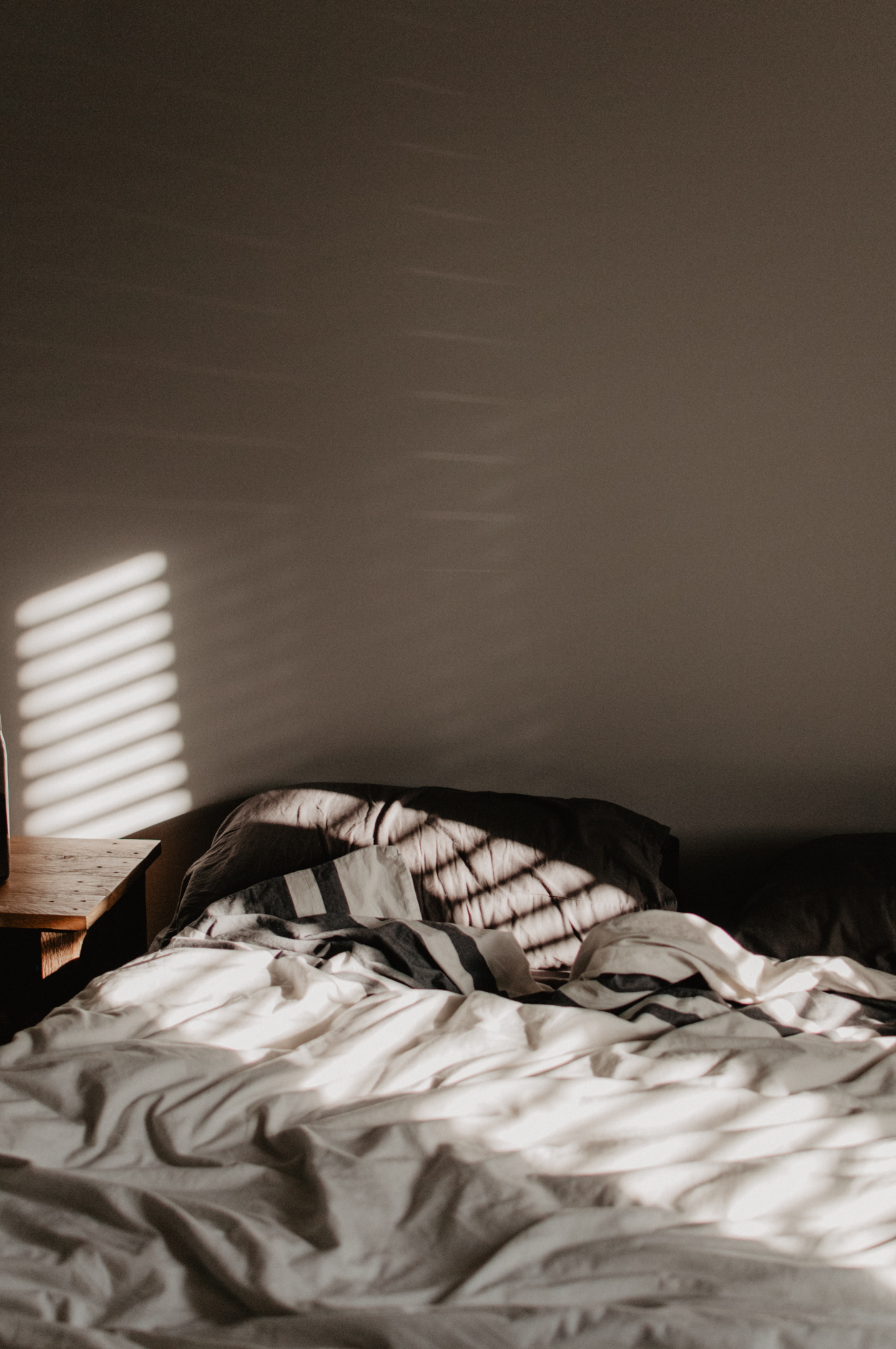
This article was written by an Aim & Conquer contributor. If you would like to contribute articles to the site, please feel free to initiate a discussion at [email protected] .
Due to the stress and busy nature of life, it is no wonder many Americans struggle to fall asleep at night. However, before you rush to over-the-counter medications or the next "miracle" sleeping aid, there are completely free breathing exercises for sleep that can change your life. Believe it or not, deep breathing exercises and other relaxation techniques for better sleep are often dismissed simply because people do not know their benefits or understand how they work.
In this article, the science of breathing techniques, as well as all other pertinent information for practicing breathing techniques for sleep will be discussed. So, take a deep breath, and let's begin!

Normal Breathing
Most of us don't think very much about our normal breathing technique. However, when we sleep at night, normal breathing can be disrupted and shallow breathing can occur, which can lead to serious sleeping disruptions like sleep apnea.
During sleep, many things can disrupt normal respiration, which should include slow breaths, minimal sound (no snoring or wheezing), and overall feelings of relaxation and peace at night. Unfortunately, when we sleep, we may not be aware that our breathing is disrupted, but if you are waking up groggy, fatigued, stressed, or lacking energy after a full night of sleep, some type of disruptions may be occurring.
To fall asleep faster and reduce issues when you sleep, you may want to develop a bedtime routine that is based on breathing research. Learning proper breathing techniques to use before bed can slow breathing and relax your system. This can lead to better health, increased self-regulation, and quieting of a racing mind.
So, what are the best breathing exercises to encourage restful sleep?
The Best Breathing Exercises For Sleep
While there are a variety of exercises to induce normal breathing, this article will focus on practices backed up by scientific research and peer-reviewed studies.

4-7-8 Breathing Exercise
The 4-7-8 technique is based on pranayama exercises, which are the ancient yogic practice of controlling your breath. These types of mindful breathing exercises have been shown to have many benefits for stress reduction and relaxation. The 4-7-8 technique was developed by Dr. Andrew Weil, who refers to it as a "natural tranquilizer for the nervous system".
How to Practice 4-7-8 Breathing
This is one of the most popular breathing techniques for sleep because it can be practiced anywhere, anytime, especially before bed. The steps include:
-
Find somewhere comfortable to sit with your back straight and your hand on your chest. You may want to have your legs crossed.
-
Put your tongue behind the back of your top teeth. Keep your tongue in this position.
-
Exhale, with your tongue in the same position, and make a whoosh sound. A whooshing sound sounds like a breaking wave.
-
Then, close your lips, inhale a relaxing breath, and count to four.
-
Hold your breath for a count of seven.
-
Exhale completely and make another whoosh sound from your lungs and count to eight.
-
Complete this cycle, and then do it again at least three more times.
This exercise helps you learn to breathe deeply, and it is great before bed if you want to fall asleep fast. It helps regulate your breathing pattern, and it helps you practice what it feels like to take deep breaths. A few rounds of this exercise can help you relax and fall asleep faster and more deeply.
A Simple 3-Part Breathing Exercise
For some, the 4-7-8 method is a little too complicated, and they just need something simple. This exercise is like the 4-7-8, but simply just entitled "3-Part Breathing," where you follow these simple breath control steps. As always, make sure your body is in a relaxed position before you start:
-
Inhale slowly. Take a long deep breath.
-
Exhale fully through your mouth. While you are exhaling fully, do a body scan to see how you feel.
-
Do this as many times as you need, and then, slow down your exhale so that it is twice as long as your inhaling time.
You can do this as many times as you'd like. What people like about it is that it is simple!
Diaphragmatic Breathing Exercises
To put it simply, diaphragmatic breathing is belly breathing. Most of our breaths are shallow, so this type of breathing helps promote deep breaths and can help reduce anxiety. Here's how you do it:
-
This time, you will want to lie down on a flat surface. Place a pillow under your head and beneath your knees. This keeps you in a comfortable position.
-
Once comfortable, place one hand on your chest, specifically your upper chest.
-
Then, take your other hand, and place it just below your rib cage. This is the area above the diaphragm.
-
Inhale quietly and slowly through your nose, drawing the breath down toward your belly. As you breathe, your stomach should push up against your hand, and your chest should remain still.
-
Then, as you exhale, tighten your abdominal muscles. Let your belly fall downward, while you exhale through pursed lips. The chest should remain still.
This exercise should be done for about 10 minutes at a time, 3 - 4 times each day. It will promote belly breathing, and it is a great relaxation exercise for your body before bed.
Lion's Breath Breathing Exercise (simha pranayama)
Lion's Breath uses all the air in your body to imitate a lion's roar. It may sound silly at first, but practicing breathing exercises like this one can relieve stress and even reduce blood pressure.
-
As always, get comfortable, with your back straight and your hands resting on your knees or thighs.
-
First, just breathe naturally, and then take a few deep breaths. Clear your mind.
-
To begin, inhale deeply through your nose.
-
When you exhale, use shallow breaths to breathe out through your mouth, stick out your tongue, and make an "haaaa" sound doing a belly push as you slowly exhale.
-
Repeat this with a deep inhale each cycle about 5 - 10 times, with a few normal breaths in between rounds.
-
When you have finished the lion's breath cycles, end with simple deep breathing for one minute.
This exercise is great for your lungs, and it helps to eliminate any perceived stress in your life and body immediately! This is great to do after a tough day and helps you breathe better and relax before falling asleep.

Box Breathing (sama vritti pranayama)
Box breathing, which sometimes goes by other names like square breathing, helps activate the parasympathetic system of your body, which can reduce anxiety.
This is another simple method using breath and a count of four. You can do this anywhere, at any time, especially if you are feeling anxious or panicky. For this breathing technique, you need to do the following steps:
-
First, slowly breathe, and release all of the air from your lungs.
-
Inhale through your nose and count to four in your head. Focus on the air filling your lungs and stomach.
-
Hold your breath as you count to four.
-
Exhale through your mouth as you count to four.
-
Hold your breath again with your mouth closed as you count to four and exhale, making sure your chest stays still.
-
Repeat for three or more cycles.
Completing breathing exercises like this can truly reduce your anxiety, calm your mind, and contribute to better sleep. Having a more consistent sleep schedule will help you formulate consistent positive habits in other areas of your life, as well.
Alternative Nostril Breathing Exercise (nadi shodhana)
If you are looking for a relaxing exercise to fix the way you breathe that will help calm your parasympathetic nervous system, this is a great option. Here is how to do it.
-
As always, get into a comfortable position.
-
Use your right hand and place your right thumb on your right nostril.
-
When your right nostril is covered, close your eyes, and then exhale completely through your left nostril.
-
When you have exhaled fully, release your thumb from your right nostril, and put your ring finger on your left nostril. Feel free to feel relaxed and relax your index fingers.
-
Now, take deep breaths from your right side, smoothly and continuously.
-
Then, once you've inhaled fully, exhale through your right nostril.
-
Then, release your ring finger, and start the process all over again, starting with your right nostril, and then moving back to the left nostril using the left hand. Of course, if you want to start with the left nostril, you can do that, too! Again, it is all about what makes you comfortable, and if you prefer to use an index finger that is acceptable too.
Research shows that just 10 minutes of alternative nostril breathing is extremely beneficial.

Better Sleep
These breathing exercises benefit your body and can be done nearly anywhere and anytime, along with helping to lower blood pressure and other health benefits. Before heading to a doctor, there are forms of adjunctive treatment, such as the practice breathing exercises mentioned in this article, which the scientific community has shown through systematic review can solve many health problems, starting with better sleep. Start incorporating these into your bedtime routine, and you will truly notice a change in your overall health!

Are you interested in learning more about ways to manage the stress you and your team experience at work? Click below to sign up for Aim & Conquer's newsletter and to receive a free reflection on "healing in-tensions" that can support efforts to reduce stress.

